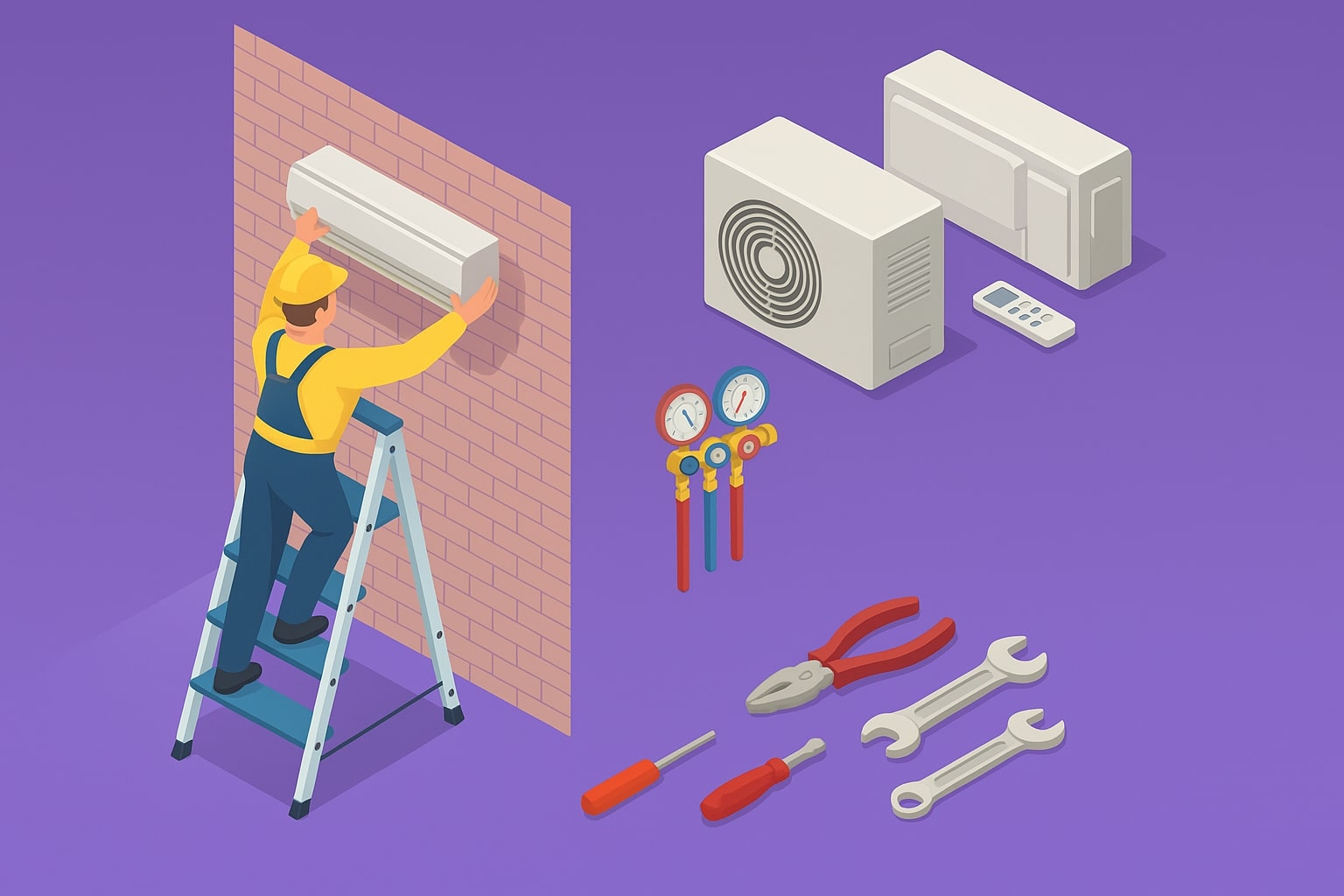
How to Value a Heating and Air Conditioning Business + 15 Factors to Increase Value
Whether you're ready to sell your HVAC business or just assessing its worth, we break down valuation methods and key factors that can increase its value.
The most important thing for any business owner looking to sell is to prove the success and sustainability of his business. There are a number of financial metrics one can use to do so, but in almost every case it is essential that a business owner presents a strong picture of a company’s cash flow. For investors, particularly, this is an important measure as it represents the “excess” cash a business has after paying all of its expenses and meeting commitments to employees, and eventually represents what is left over to pay to investors or back to the owner.
While Earnings before Interest, Taxes, Depreciation and Amortization (EBITDA) is often used as a measure of the performance of a business, relying only on this can be misleading. We’ve written previously about what you miss by simply looking at EBITDA.
Focusing on cash flow, instead, allows a business to account for all capital expenditures, working capital requirements, current debt payments, taxes, or other fixed costs which buyers will not ignore. The cash needed to finance these obligations will need to be defensible if the business wishes to grow, compete, and maintain or increase profitability.
Before approaching buyers, there are a couple of ways a business owner might look to boost cash flow in order to bring the best deal to market:
Reduce overhead
One great place to start is to save money with your vendors. Do a quick inventory of what services you are paying for. Are there any services you are not using? Do you have any equipment that is lying idle? If so, trim the fat and lower your costs.
Once you have eliminated any services you don’t use, take a look at the ones you do. Are you receiving all agreed-upon discounts? After looking into this detail, consider negotiating with service providers to secure a better deal.
Pursuing some type of supplier financing agreement may be an option for businesses who want to lock in competitive rates and quicken the production to sale cycle. Exploring negotiation around trade credits might also be an opportunity. Receiving a modest discount by paying bills early can produce great results. For example, paying all bills due in 30 days within 15 days might result in a 1 percent discount.
Do a customer audit
A late paying customer isn’t necessarily a bad customer. Many businesses are too quick to write-off customer billings. Instead, explore new payment plan options with these select customers and make a focused effort on collecting old billings even if it means compromise or turning to a collections agency.
Reduce inventory levels
For businesses with physical products, inventory and turnover is always one area to look for potential improvement. As long as it sells easily, inventory is a quick source of profit. However, if it stays on shelves, inventory does little for your company. To maximize cash flow, consider stocking only items that will sell quickly.
If an item has been lingering on a shelf for too long, think about lowering its price. Even though the resulting marginal profit will be lower, the money you receive can be invested into inventory that will move quickly. Another technique to help ensure items don’t stay on shelves too long is pharming out requests for custom inventory to suppliers that can distribute directly to customers.
Pursue growth strategies
Many businesses spend years pursuing aggressive growth strategies even if the end goal is to sell, with the idea of a better outcome for the business and better sale price for the owner in mind. This might mean taking on growth capital, exploring expansion into new geographical markets, pursuing M&A targets of smaller, peer or competitive companies in your industry, consider partnerships, horizontal or vertical integration strategies, or other more organic growth mechanisms.
